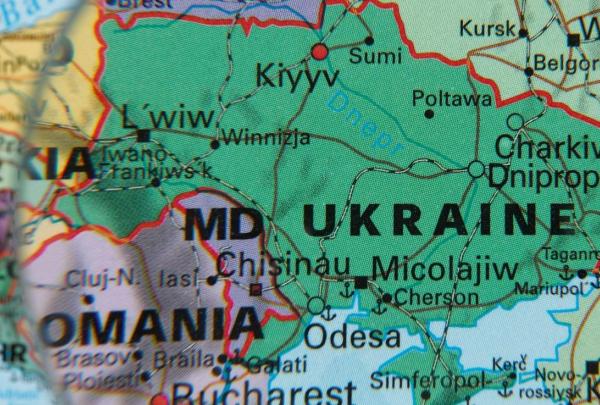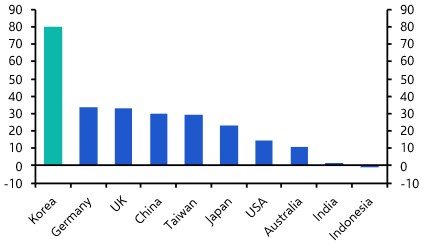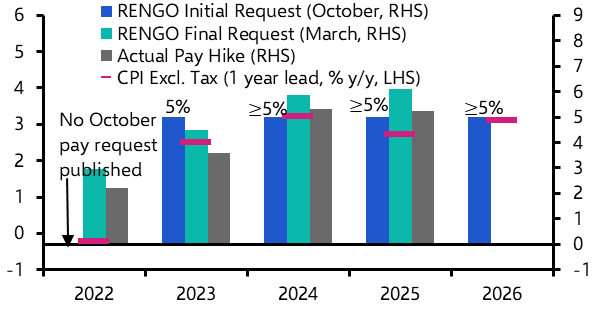Big efficacy, production and distribution hurdles lie between here and “normality”
Is a vaccine against SARS-Co-2, the novel coronavirus that causes Covid-19, now within reach? And if so, will it turbo-charge the economic recovery that is already underway?
Several experts have questioned the likely efficacy of the vaccine that was granted regulatory approval in Russia last week. Even so, six other vaccines that are being developed separately in the US, Europe and Asia are now in the third and final phase of trials and three more are likely to enter this final stage of development over the next month or so. Most experts now believe that a vaccine may be available in the US, Europe and parts of Asia either by the end of this year or in the first quarter of 2021.
The speed of development has been remarkable. Until now, the fastest time to develop a vaccine against a novel virus had been four years. It now seems that one will be developed within 12 months. This could transform the battle against Covid-19.
However, from the perspective of the global economy the issue is not as simple as whether there is or isn’t a vaccine. Instead, the economic effects of a vaccine will be governed by three factors.
The first is the efficacy of the vaccine itself. No vaccine is 100% effective – in the US, for example, the FDA usually targets an efficacy rate of around 80%. For the SARS-CoV-2 vaccine, the bar has been lowered to 50% (reflecting the compressed timetable for development and the fact that it often takes time for vaccines to reveal their efficacy). This clearly leaves a large range of potential outcomes, from a vaccine that is effective in one out of two cases to one that’s effective in four out of five.
Other issues to consider include the longevity of the vaccine, its safety and the willingness of people to use it, and whether it is delivered alongside so-called therapeutics, which alleviate symptoms of the disease but not the disease itself. There remains significant uncertainty around all these issues.
The second factor that will determine the economic effects of a vaccine is the speed at which it can be produced. The headline numbers look impressive: reports from developers suggest that close to one billion doses may be available this year, with a further seven billion following in 2021. However, this is spread across several vaccines and it is not yet clear which of these will succeed or how fungible production will be. It’s possible that the actual number of available doses could be significantly lower. Initially, at least, supply is likely to be constrained on the basis of need. Mass immunisation may be some way off.
The third and final factor to consider is the speed of distribution. There is a national and an international dimension to this.
It is not inconceivable that, given the acceleration in US-China decoupling over the past six months, geo-political factors could influence the distribution of a vaccine. In practice, we suspect that this won’t be the case. Instead, international distribution is most likely to be influenced by the cost of production.
Most estimates suggest the vaccine will cost around $20-50 per dose, putting mass immunisation out of reach of several poorer emerging markets. Meanwhile, advanced countries have already pre-ordered significant stocks of different vaccines under development. This is likely to produce a two-speed process of global immunisation - with many emerging markets lagging well behind the advanced economies, and reliant on the support of international institutions and foreign aid to fund, distribute and administer treatments.
There are national distribution issues to consider too. Just as some countries have been more successful in rolling out testing and tracing procedures, so some are likely to be better at rolling out the vaccine. This will be influenced by a variety of factors, including the quality of public health systems and the ability to co-ordinate across different parts of national and local government. A key challenge, at least initially, will be to identify and administer the vaccine to those most in need.
Accordingly, it makes sense to think about a range of short-term vaccine-related outcomes for economies. At one end of the spectrum lies a highly effective vaccine that is produced and distributed quickly. At the other lies a less effective vaccine that faces significant production and distribution challenges and would be in relatively short supply in 2021. In most scenarios in between, it is likely that containment measures, including social distancing and restrictions on some foreign travel, will remain in place for the foreseeable future.
As we’ve noted before, the road back to economic normality lies in stamping out the virus. The development of a vaccine will be key to that and the progress towards it has been nothing short of astonishing. By the same token, however, it would be wrong to assume that the development of a vaccine will necessarily transform the economic outlook for 2020-21.
In case you missed it:
- Our Senior US Economists, Michael Pearce and Andrew Hunter, look ahead to November’s election and explain how it will shape the economic outlook.
- Our Senior Europe Economist, David Oxley, reviews the lessons from Sweden’s light-touch lockdown – and arrives at some surprising conclusions.
- Our Senior EM Economist, Jason Tuvey, argues that Turkey’s banks are in a more vulnerable position now compared to the country’s last currency crisis in 2018.




